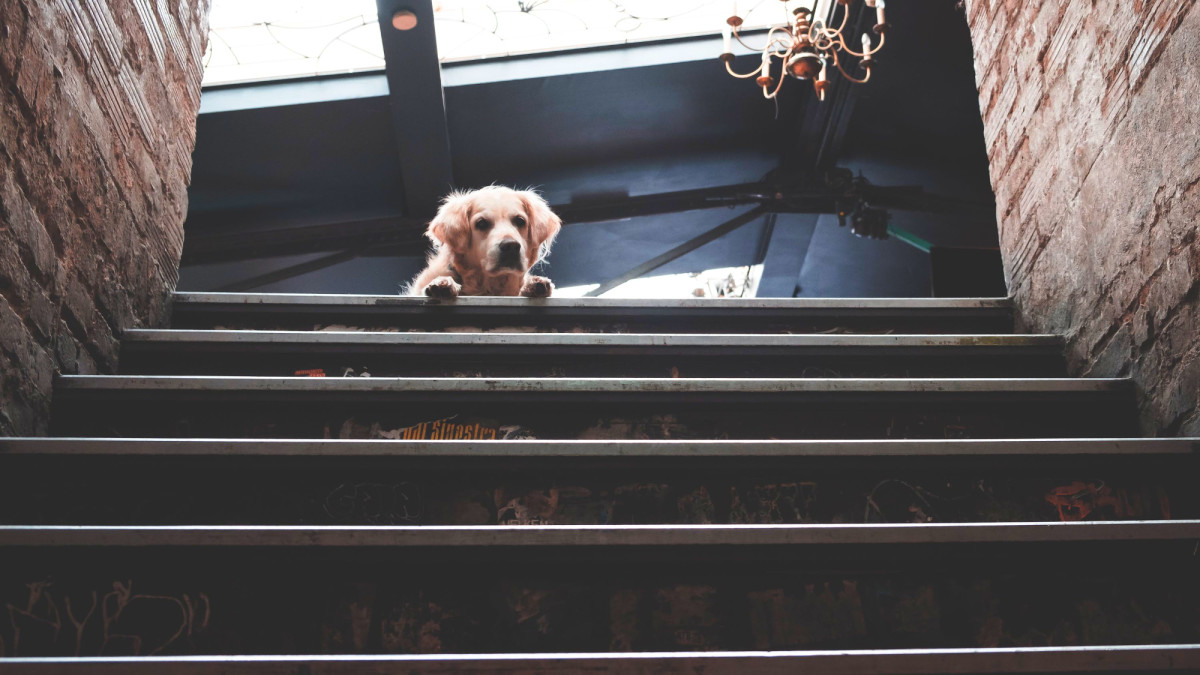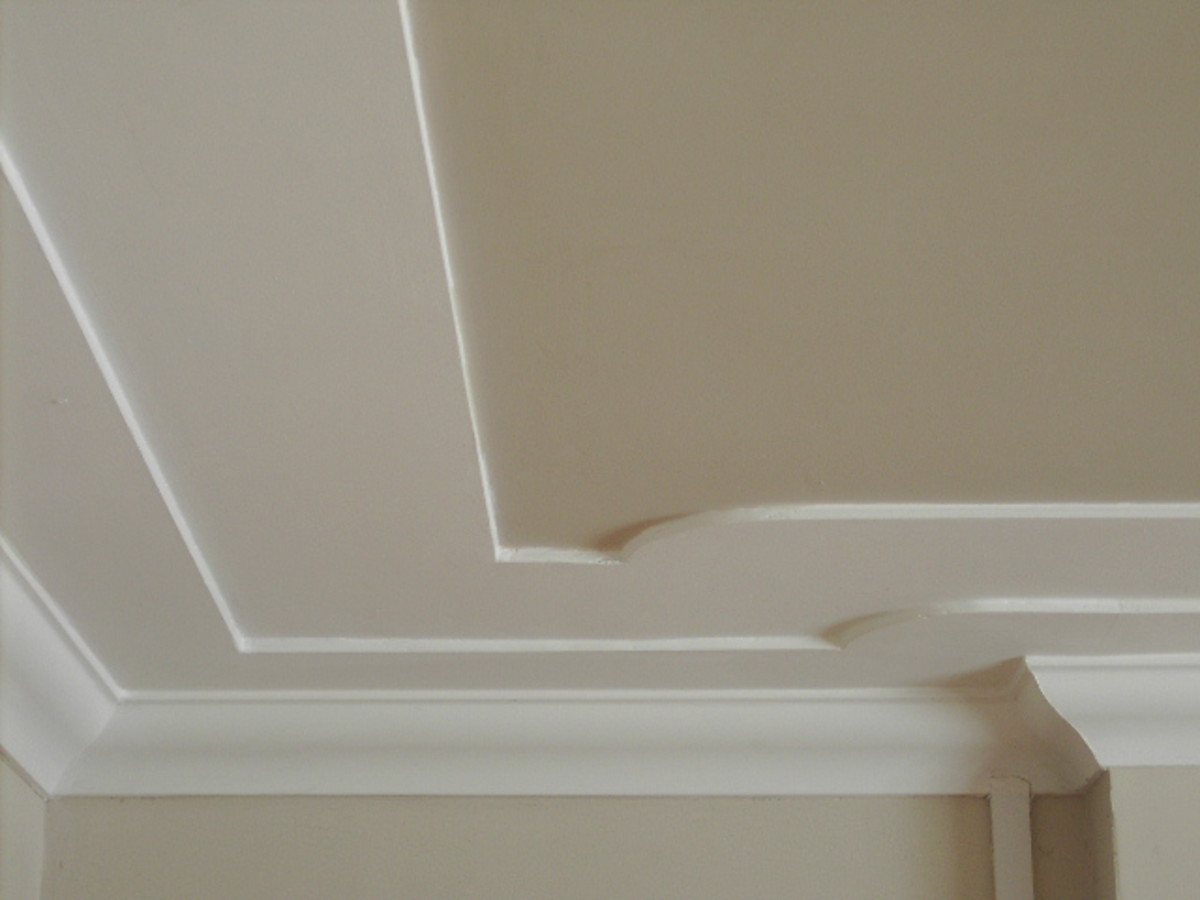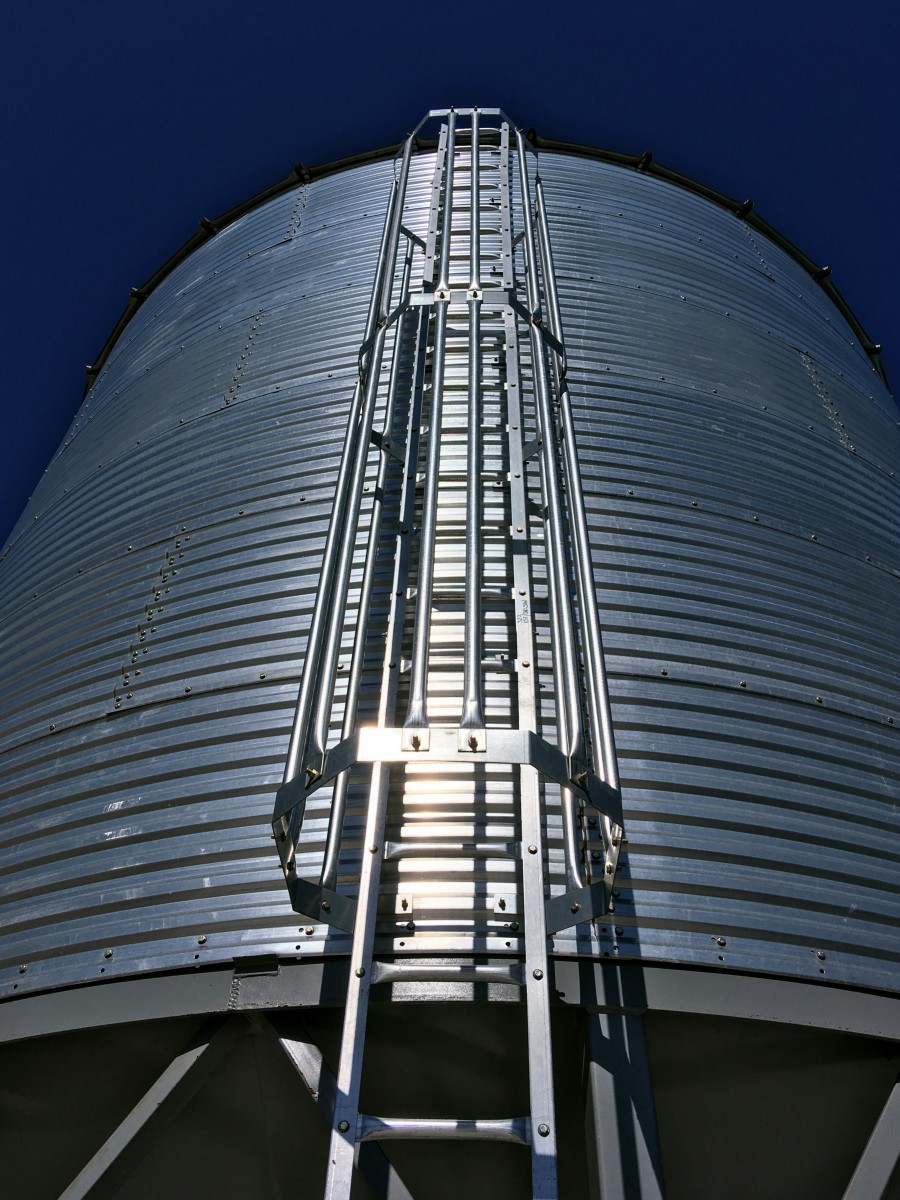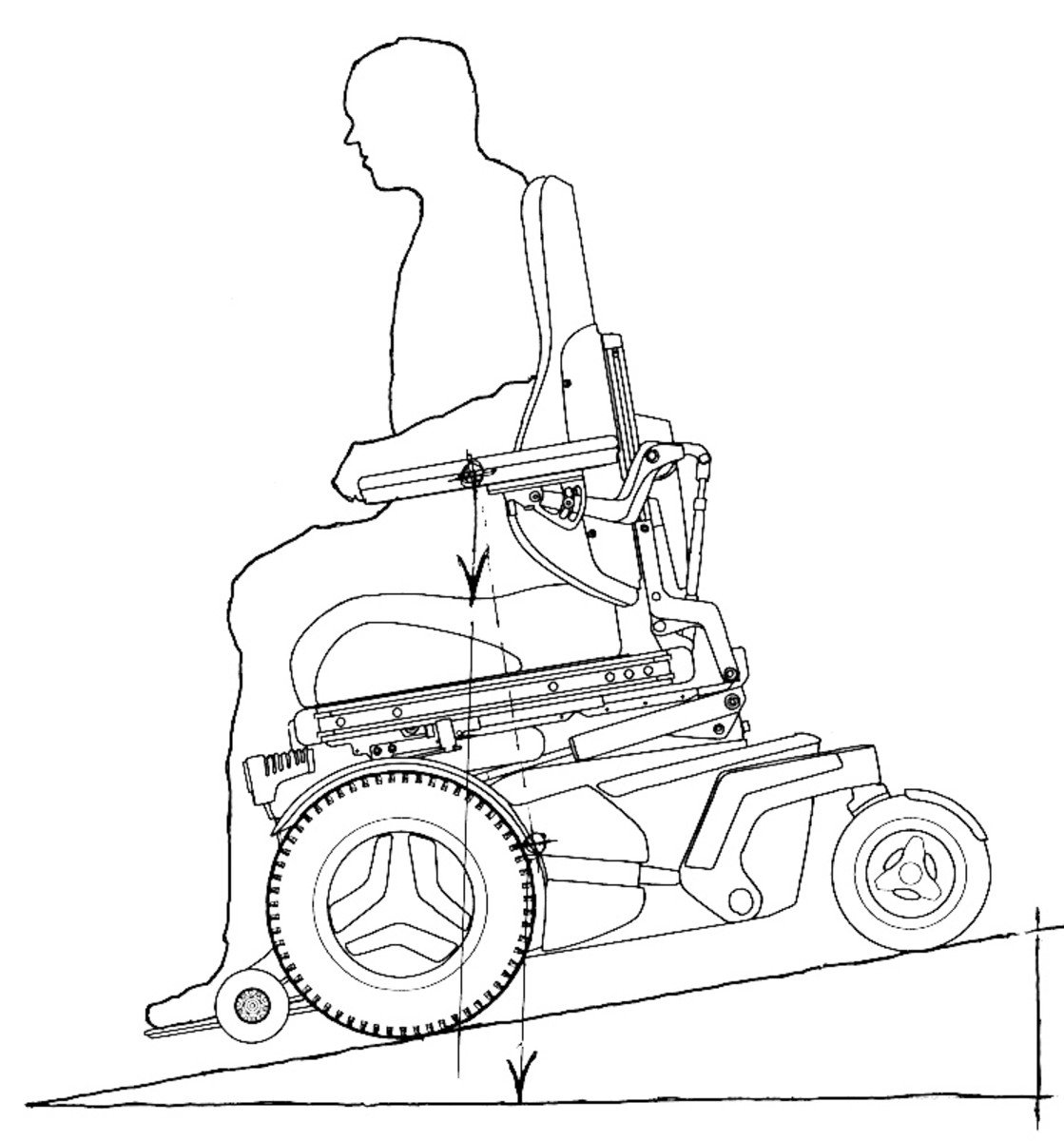Buying Your 1st House: Watch Your Step(s)
Ideal Interior Stairs
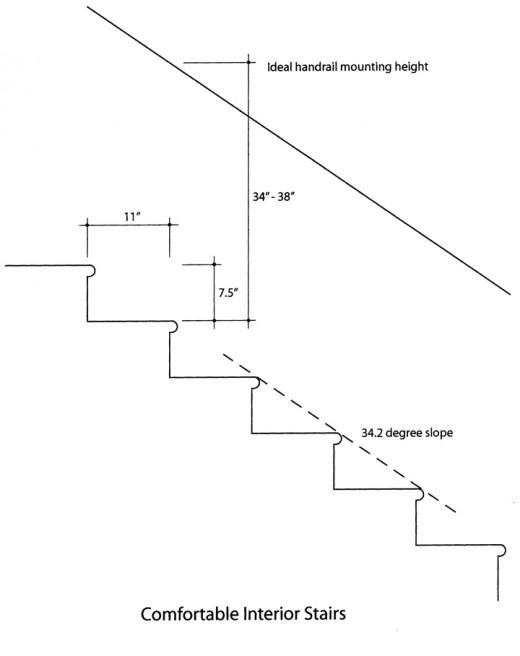
A Safe Home Needs Safe Stairs
One of the best ways in which you can protect yourself and your family as you buy your first house is to simply watch your step(s). Steps and stairs can be either one of the greatest assets or one of the most severe detriments of a home.
Annually there are thousands of injuries throughout U.S. homes, many of them involving stairs and steps. We are all susceptible to falls involving stairs, steps, changes of level and handrails, especially toddlers, children and the elderly. And stair injuries to elders and infants alike can be life-threatening. So what should you know about stairs and steps?
First, you should know that the design and configuration of stairs and steps are regulated by most building codes across the nation, as well as by the Americans with Disabilities Act (ADA) and construction industry standards. The house you are contemplating purchasing may be governed by a residential building code, and its stairs and steps may therefore be required to meet specific design standards. Consult the building department of your local community for such code information if you are at all concerned about any particular stairs or steps.
Second, realize that such codes regulate a variety of stair and step features: dimensions, steepness, clearance, construction details, handrails and guardrails and their strength, etc. You may find that the steep access ladder to the attic, or the quaint ‘winder’ staircase to an upper bedroom do not meet local code requirements.
Third, understand what makes for good stairs, steps and transitions of floor level.
To provide safe access for either a wheelchair or an elder with a walker — and to comply with the ADA — floor and sidewalk ramps should be sloped no more than 1 unit in 12, or no more than 5 degrees. (See illustration below.)
Accessible Ramp

Safe Exterior Stairs
The most comfortable exterior stairs for most people have treads — the flat portion you strep on — about 12” deep and risers — the vertical or slightly tilted portion connecting treads — about 6” high, and thus have a cumulative ‘slope’ of about 26.5 degrees. (See illustration below.) The ideal exterior stair should also have a riser with a slightly protruding ‘nosing’ or forward lip, or a riser that recedes slightly at its bottom, to better accommodate placement of a person's foot while ascending or descending.
Exterior stairs — such as those descending from a deck or balcony — should also have either a) solid vertical or slightly angle risers, or b) open risers with no voids or openings that would permit a 4" sphere from passing through the riser. That 4" sphere is roughly the size of an infant's or toddler's head, and we can thus prevent unfortunate injury or death due to young children slipping, falling or playing on open-riser stairs. That limitation also prevents anyone larger from pinning a foot, leg, arm, etc.
Ideal Exterior Stair Dimensions
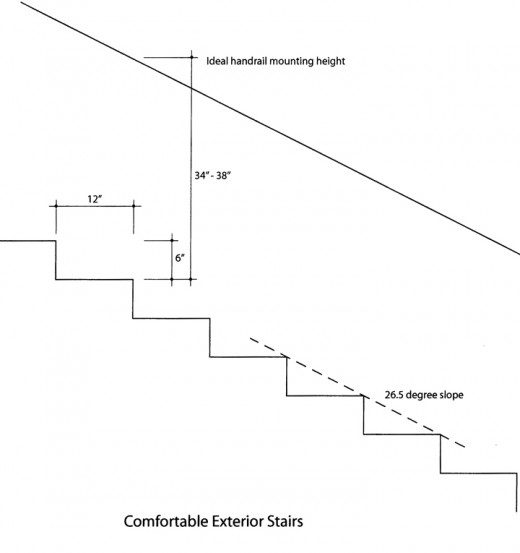
Safe Interior Stairs
The most comfortable interior stairs for most people have treads about 11” deep and risers about 7.5” high. They should have slightly projected nosings (the forward-most ends of the treads), and those nosings should ideally be rounded or beveled. Such stairs thus have a cumulative ‘slope’ of about 34.2 degrees. Such a stair design will comply with most residential construction codes across the country. (See the illustration below.)
Ideal Interior Stair Dimensions
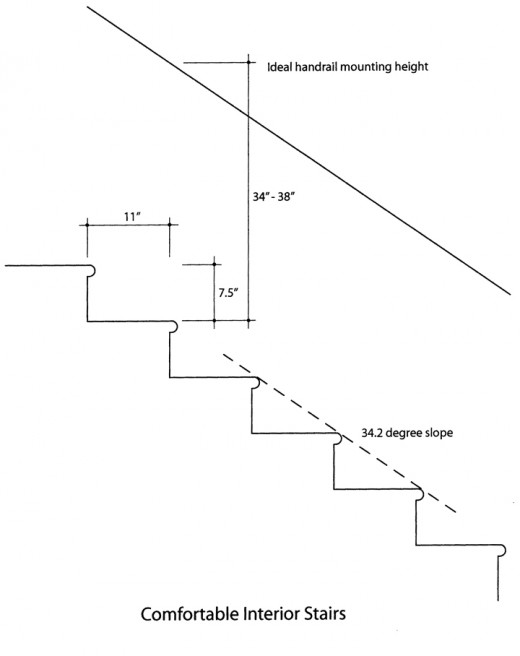
Older, Existing Stairs
Some residential codes may allow, and some older homes may contain, stairs that are steep and, in fact, hazardous. Such stairs may have treads as shallow as about 9”, and risers as high as 8.5”, giving them a cumulative ‘slope’ of over 43 degrees. These stairs will feel quite steep to the average person, and will afford little room or leeway in the placement of one’s feet while ascending or descending, increasing the likelihood of a slip or fall. They will also typically result in more severe injury if one does stumble or slip. In the case of such extreme or steep stairs, it may be prudent to consider reconstructing them, if possible, or remodeling them, to more closely match ideal dimensions. (See the illustration below.)
Steep, More Hazardous Stairs
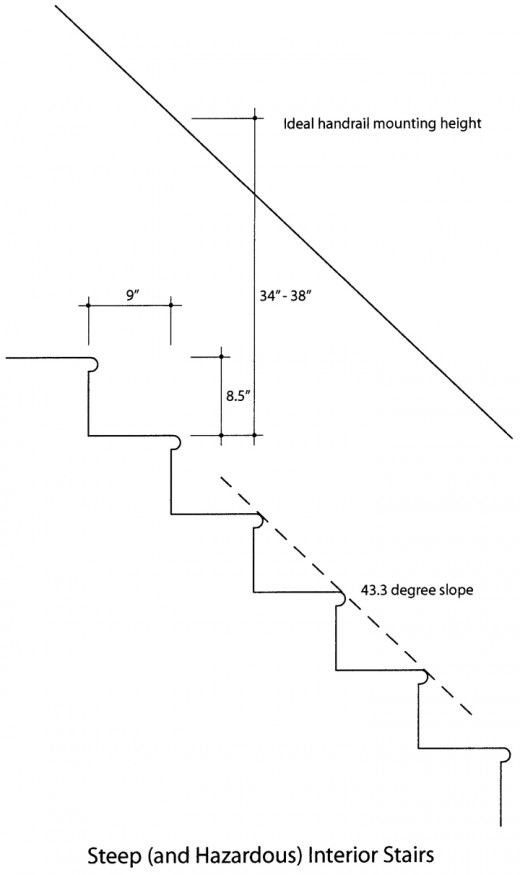
Stair Safety Tips
The optimal mounting height for handrails for all stairs is from 34” to 38” vertically above the leading edges of the treads or nosings.
It is also helpful to understand some common-sense considerations regarding safety on walks, ramps, stairs and steps:
- Walking surfaces are best when they are non-slippery, but provide sufficient traction for shoes, stockings and feet to ‘grip’.
- To provide the easiest and safest access for wheelchairs, elders with walkers or anyone disabled, a house with few or no steps is ideal. Ramped floor transitions complying with the ADA are best.
- Single steps anywhere outside a home or within it — say, at a sunken living room — are a particular nuisance and danger, because they are often unexpected, not noticed on approach, or ‘forgotten’.
- Exterior stairs, steps, ramps and walks should ideally be protected from the needless accumulation of water, snow, ice and melting snow or ice.
- Spiral stairs, winders, and any stairs with variable treads or risers tend to be the most dangerous. Landings can offer areas of respite in long staircases or at changes in direction or unexpected stair transitions.
- Steps and stairs are easiest to notice when they are accompanied by handrails, guardrails, or changes in floor color, material or texture, or other attention-getter.
- Ramps, steps and stairs should always be well lit.
- Every set of stairs should be provided with a handrail on at least one side. Ideally stairs should have handrails on both sides. Handrails must be designed and mounted to sustain the lateral force or load of a grown person (in many codes, that sustained force or load must be 200 to 250 pounds at any point along the rail and in any direction).
- To be child-proof, stair handrails and guardrails must be designed so as not to allow the passage at any point through the handrail or guardrail of a 4” sphere (the approximate size of an infant’s head).
- Stairs should provide adequate clearance. In most residences today — to allow passage for king-size beds, contemporary couches, refrigerators, etc. — stairs should be no narrower than 36” wide. For optimal clearance, I would instead recommend a minimum stair width of 40” or more (sufficient to allow for a full 36” wide door at the stair’s end, for example). Sufficient clearance should also be provided at the tops and bottoms of stairs and at landings to enable safe maneuvering of furniture and household belongings.
- Ladders to attics, crawl-spaces, bunk beds, lofts, etc. can be particularly hazardous, unless proper safeguards are taken: solid construction, sufficient strength, suitable handrails or handholds, adequate lighting, sufficient warning, etc.
Follow these simple steps and you’ll enjoy your first home a great deal more.
- Buying Your 1st House: Start with Community
Buying Your 1st House Many first-time homeowners fall in love with a particular kitchen. Or they feel that a family room theyâve seen will be ideal for entertaining. Or a master suite is simply to die for. But the city, suburb,... - Buying Your 1st House: Old vs. New
Begin by assessing whether you can obtain better value by building anew or simply improving on an already existing structure. - Buying Your 1st House: Structural Concerns
Protect yourself as you contemplate one of life's greatest purchase decisions. - Buying Your 1st House: Energy Efficiency
A great deal of the annual cost of your 1st house will be energy consumption; try to choose one that's easiest on your bankroll. - Using an Architect
Here's what you need to know about what an architect can do for you, and how best to benefit from architectural services.


